4 Honey as a Natural Sweetener in Place of Sugar
Honey is a natural sweetener cherished for its flavor and health benefits, but substituting it for sugar requires careful consideration.
While honey adds moisture and a distinct floral taste, sugar provides more neutral sweetness and structure in baking.
Replacing sugar with honey often involves adjusting liquid ratios due to honey’s higher moisture content.
Some recipes benefit from honey’s unique depth, while others may require additional leavening or texture tweaks.
Understanding the differences helps you decide when honey is a suitable sugar substitute.
These insights enable you to sweeten dishes thoughtfully while maintaining desired outcomes.
Explore the pros and cons of using honey in place of sugar for various culinary applications.
Can Honey Replace Sugar in Recipes?
Moisture and sweetness shift subtly when using honey instead of sugar, sometimes adding floral notes. Drinks and baked goods adapt beautifully. Numerous swaps could make this change work for you.
Tea
Substituting honey for sugar in your morning tea creates a naturally sweet and healthier alternative that many people prefer.
One teaspoon of honey adds a distinct flavor profile that complements the earthy notes of tea leaves perfectly.
The process remains simple - just prepare your tea with warm water and tea leaves as usual, then stir in honey instead of sugar when it's ready to drink.
Adding milk remains optional and depends entirely on your taste preferences.
Many nutritionists recommend this switch because honey contains trace amounts of vitamins and minerals that processed sugar lacks.
Wheat Bread
Sugar in artisan breads may surprise you, but honey serves as an excellent substitute in most bread recipes.
Many bakers now replace traditional sugar with honey to create a more natural flavor profile in their morning loaves.
For breakfast enthusiasts, this honey-sweetened bread provides a perfect canvas for various toppings from jam to avocado.
The substitution process remains simple - just dissolve yeast in warm water, then mix honey with bread flour, whole wheat flour, oil, and salt until thoroughly combined.
After kneading the dough to a smooth consistency, the baking method continues as normal with no adjustments needed for rise time.
Cocktail
Substituting honey for sugar in cocktails creates a richer flavor profile that many bartenders prefer for its natural sweetness and complexity.
Making this simple swap requires dissolving honey in hot water before mixing, which prevents it from clumping when combined with cold ingredients like ice, spirits, and citrus juices.
The ratio typically calls for slightly less honey than sugar (about 3/4 the amount) since honey has a more pronounced sweetness that can beautifully complement gin, whiskey, and rum-based drinks.
Sponge Cake
Substituting honey for sugar in sponge cake recipes offers a healthier alternative with natural sweetness and unique flavor notes.
Many bakers appreciate how this simple swap enhances the cake's moisture content while reducing processed ingredients.
The process requires minimal adjustment - just mix the honey with butter until smooth before adding other ingredients according to your original recipe.
For best results, consider reducing the overall liquid slightly since honey contains more moisture than granulated sugar.
Home bakers often find that this substitution creates a more golden color and slightly denser texture that pairs wonderfully with fresh fruit toppings.
How To Maintain Caramelization When Using Honey Alternatives In Baking?
Caramelization is key to achieving rich flavor and appealing color in baked goods, and honey’s natural sugars play a big role in this process. When using honey alternatives, choose ones with similar sugar profiles, like maple syrup or agave nectar, which also caramelize well due to their fructose content.
You can enhance caramelization by slightly increasing the oven temperature toward the end of baking or adding a light brush of sugar syrup on the surface before baking. Keep in mind that some alternatives, like molasses or brown rice syrup, have stronger flavors that may influence the final taste.
Does The Type Of Recipe Affect Which Honey Alternative Works Best?
Yes, the recipe type greatly influences which honey substitute is most suitable. For lighter cakes and cookies, milder alternatives like agave syrup or light corn syrup work well to preserve delicate flavors.
In heartier baked goods like breads or spice cakes, richer substitutes such as molasses or maple syrup add depth and complement stronger flavors.
Recipes that rely on honey’s thick consistency, like some glazes or fillings, may benefit from using thicker alternatives or combining liquid sweeteners with a thickener to achieve the right texture.
How Can You Adjust Moisture Levels When Baking With Honey Substitutes?
Honey adds both sweetness and moisture to recipes, so swapping it out requires adjusting other liquids to maintain the right batter consistency. Since most honey alternatives are more liquid than honey, you should reduce the total liquid content by about ¼ cup for every cup of substitute used.
Additionally, keep an eye on baking times - more liquid can mean longer baking to set the structure properly. For drier substitutes like powdered sugar blends or granulated sweeteners, you might need to add a little extra moisture or fat to prevent dryness.

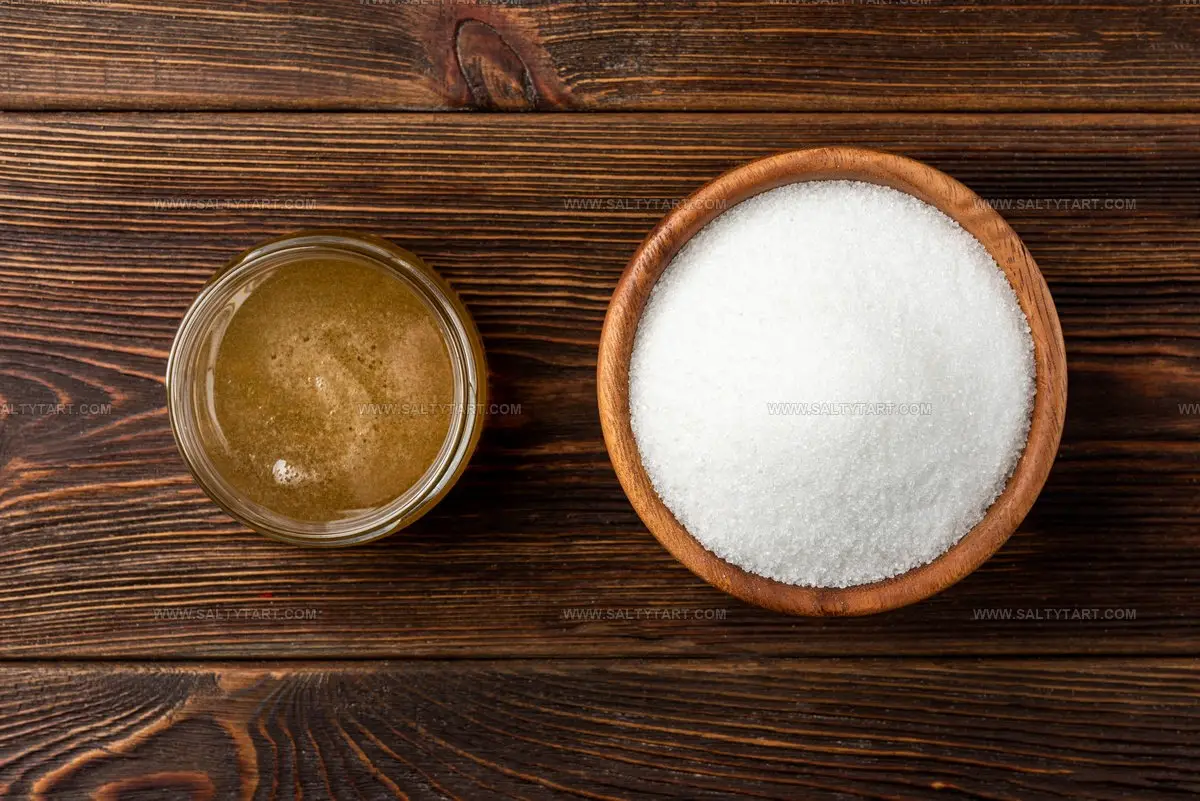

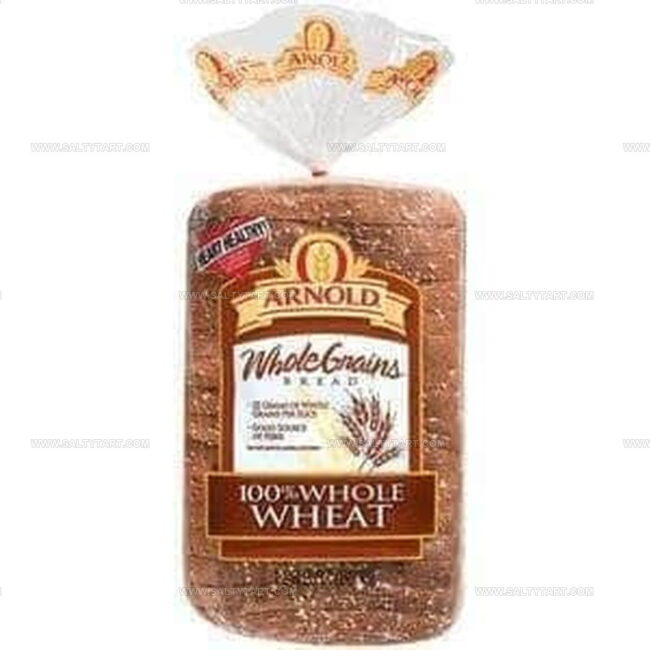
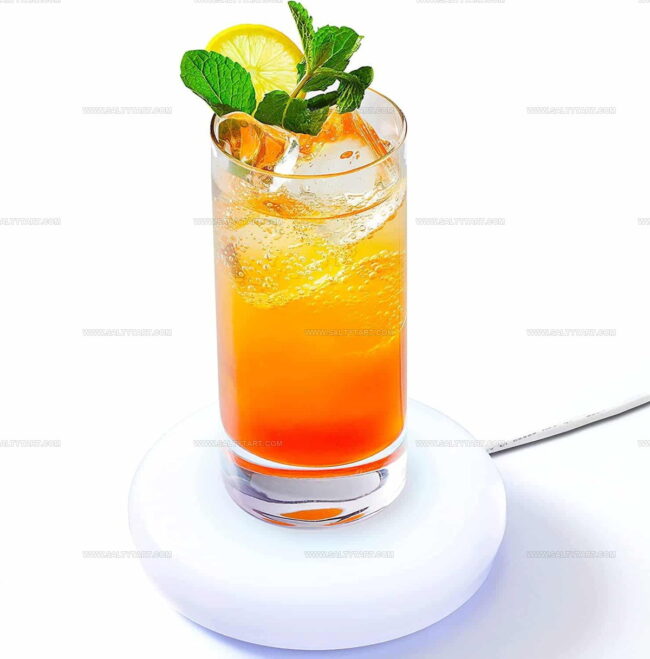
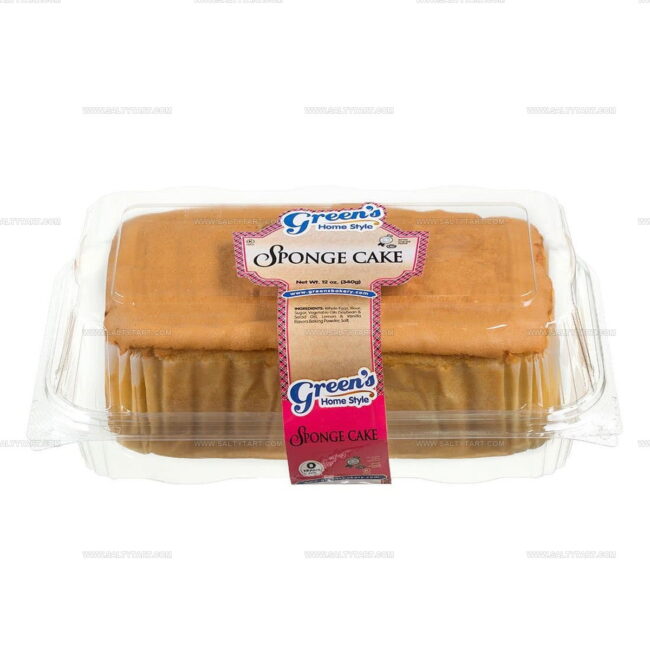
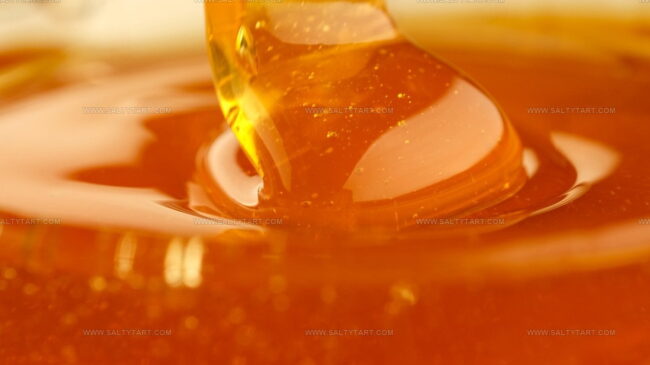

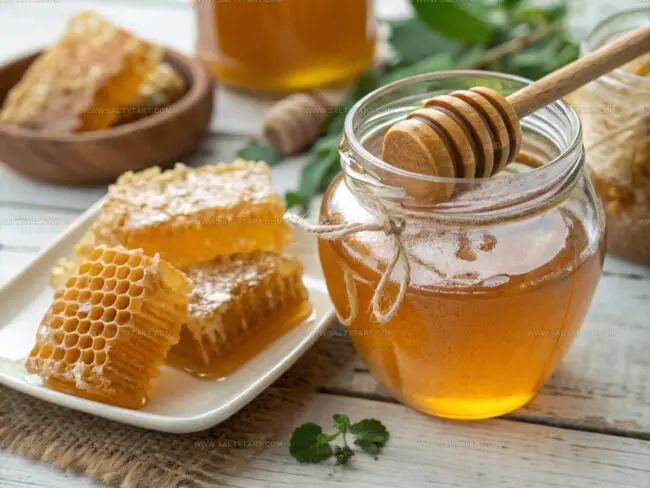
Mike Reynolds
Founder & Recipe Developer
Expertise
Farm-to-table cuisine, Seasonal recipe development, Sustainable cooking techniques, Food photography
Education
Asheville-Buncombe Technical Community College (A-B Tech)
Associate Degree in Culinary Arts
Mike studied culinary arts with a strong focus on farm-to-table principles and sustainable cooking. His training emphasized the importance of fresh, local ingredients and environmentally responsible practices in the kitchen.
Mike’s food journey began deep in the Blue Ridge Mountains, where weekends at farmers’ markets and home-cooked meals sparked a lifelong obsession with simple, seasonal eating.
After earning his Associate Degree in Culinary Arts from Asheville-Buncombe Technical Community College, he set out to bring farm-to-table cooking into everyday kitchens, without the fuss.
Mike’s philosophy is all about keeping it fresh, unfussy, and full of heart. When he’s not crafting new single-serving recipes, he’s hiking mountain trails, chatting with local farmers, or experimenting with wild ingredients in his backyard kitchen.